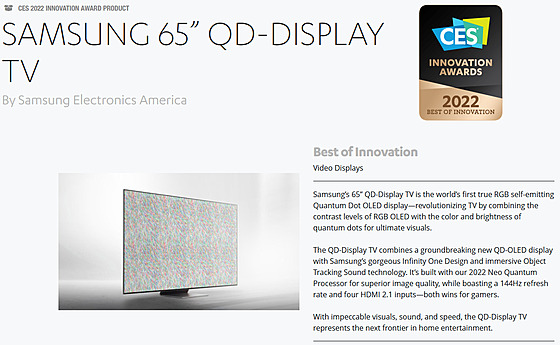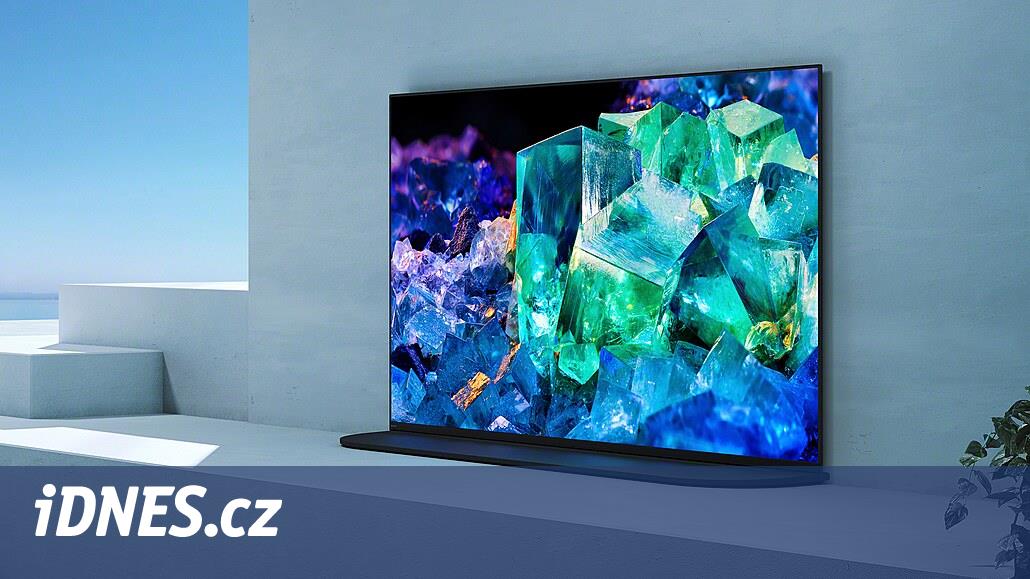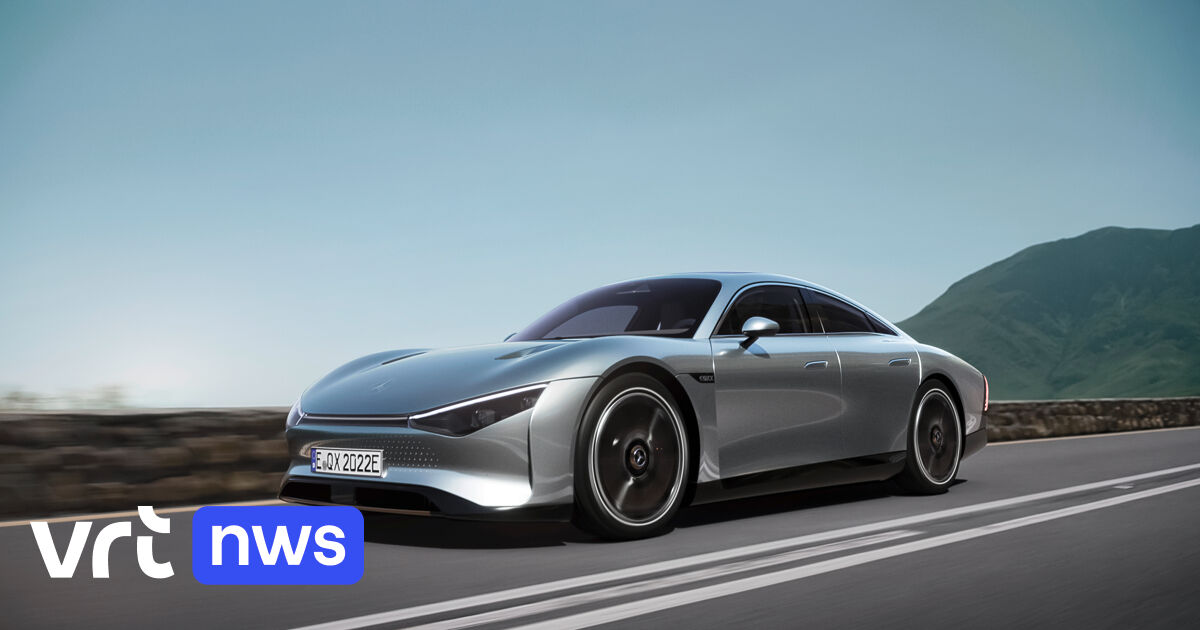When choosing a new TV in a higher quality category, you will inevitably run into the dilemma of whether to choose a model with an OLED or QLED screen. The former excels in perfect black rendering, which is a big plus when watching in a dark room, while the latter excels in high brightness performance, which is useful in a bright room and when watching HDR content. And it is true that the advantage of one technology is the weakness of the other.
A new display technology called QD-OLED, Quntum Dot OLED, should combine the advantages of both technologies and thus eliminate the disadvantages. And yes, it’s the quantum dots (Quanum Dots) that are the basis of QLED screens, and it’s practically a hybrid of both technologies. Interestingly, Samsung does not use the abbreviation QD-OLED, but the term QD-Display TV. No wonder, after years of marketing explanation, that OLED is not the right thing, it would be difficult to explain to the general public.
The QD-OLED panel creates a flat of blue OLED cells, which are controlled in the same way as a classic OLED panel, but produce only blue light with different brightness power. In front of it is a layer formed by individual subpixels of the image, while the red and green subpixels are formed by quantum dots, which change the incoming blue light to red and green, respectively. The third, blue sub-pixel, only transmits blue light from the above-mentioned OLED panel through a translucent layer and does not logically change it in any way (at least we read this from materials provided by Sony).
Bravia A95K – the first introduced Quantum Dot OLED TV at CES 2022
—
The advantage of this solution over the standard OLED is that the quantum dots absorb only a negligible amount of energy during the color transformation of the light, so there is much more brightness at the output. In contrast, the color filters in the standard solution absorb part of the light and therefore reduce the light output.
The standard OLED helps with high brightness with a white subpixel, which, however, “dilutes” the resulting color saturation in high-brightness passages. This does not apply to QD-OLED, even in full brightness, the image will consist of only primary colors. At the same time, Sony claims that the QD-OLED panel will offer even wider viewing angles than OLEDs (and it already had excellent ones).
We are not entirely clear about how much QD-OLED is covered by burning high-brightness still images, which OLED still struggles with. At Sony, we know that the panel is equipped with a special thermal diffusion foil, which should distribute the heat generated in the panel evenly to prevent local overheating of organic diodes. At the same time, its processor calculates the temperature map according to the displayed image and can intervene in it if necessary – we assume that by reducing the brightness of signs, logos and permanent graphics, which saves the panel and the viewer does not notice. We wrote more about OLED panel protection techniques in the article OLED or LCD? We will advise you if it pays to save 15,000 crowns on your TV.

Samsung QD-Display TV won the CES Innovation Awards in the “Best of Innovation” category for 2022.
—
At CES 2022, it turns out that developments in the field of televisions are not stagnating either. We will look at news in the field of Mini LEDs, Micro LEDs or TV game functions in one of the other articles.
– .


